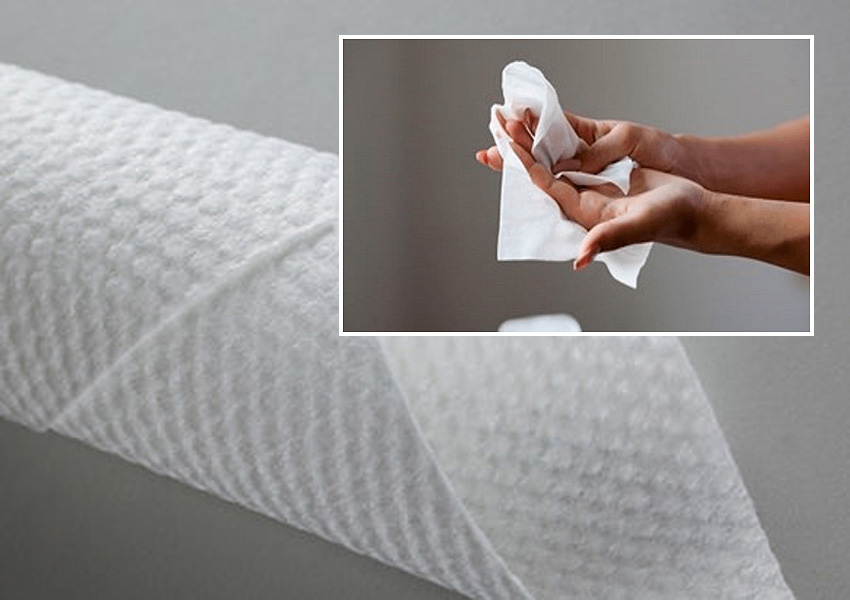Publications
Last
Advertisement
Partners


Demand for Meltblown in the post-pandemic period: expert opinion

The growth of market demand for nonwoven fabric "meltblown" will be closed by an increase in capacity by the world's leading manufacturers. The processing market will remain those giants of hygienic and medical applications of "meltblown" that dominated before the pandemic. A large-scale merger and acquisition of profile companies is expected.
A lot of private companies that appeared in 2020 and offered meltblown by now have either disappeared or will soon cease to exist. Companies that have acquired equipment within the framework of state programs of different countries related to the national security strategy will remain afloat.
There will be companies able to meet niche segments of demand for non-woven fabric of the "meltblown" type for applications other than hygiene and medicine. Manufacturers of meltblown will be looking for new applications for it, so the availability of lines capable of processing various polymers and producing material of a wide range of surface densities will be a significant competitive advantage.
During the downturn of the pandemic, with a significant decrease in demand for filter-grade meltblown, research work is being intensified to find new areas of application of the material. Combinations of laminated materials using meltblown will begin to appear on the market. Multilayer laminates bonded by ultrasonic or hot-glue method will be offered as an alternative to traditional composite materials such as "spanmelt", produced in one technological transition (SM..S), or traditional laminates (various combinations of layers of non-woven materials, breathable film and various polymers). This trend will be explained by the desire of manufacturers to somehow sell their goods in order to recoup the investments invested in equipment.
The use of meltblown waste as stuffing “stockings”, “pillows” and other elements of oil spill removal kits (spill-kits) will increase.
Machine builders will begin to offer their customers retrofit kits (reducing the tinting of the elementary fiber, increasing the surface density of the web, giving elasticity to the material, processing a variety of polymers) to modernize previously installed lines in order to diversify their production capabilities.
Machine builders offering SM…S composite materials production lines to the market will provide for the possibility of separate production of meltblown on similar lines.
The global desire for sustainable development and reduction of the carbon footprint will soon force meltblown producers to try new varieties of polymers as the main raw materials - either partially produced using bio-materials, or being biodegradable or compostable.













